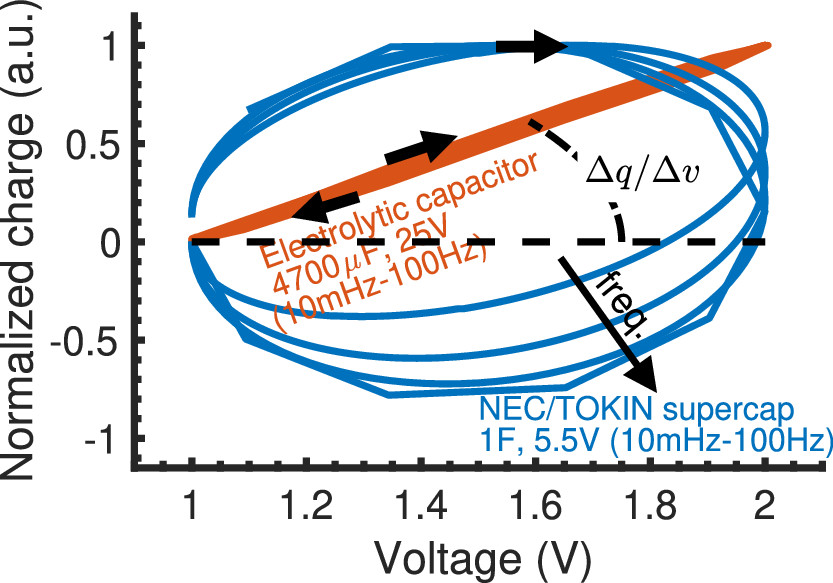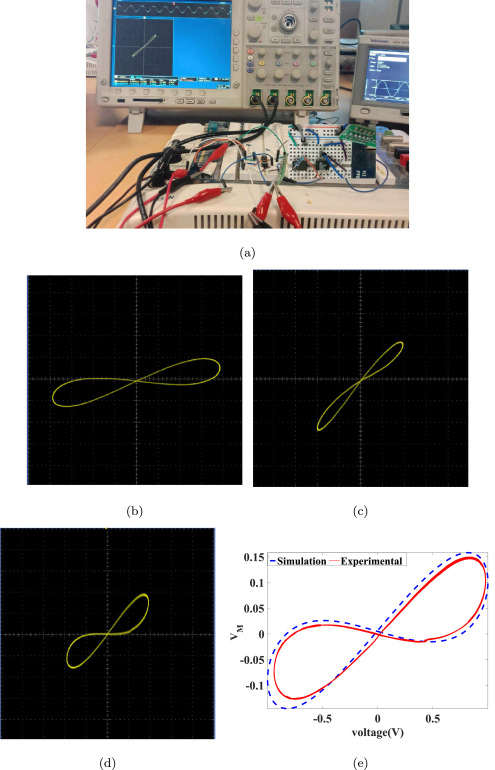
Emulation circuits of fractional-order memelements with multiple pinched points and their applications
This paper proposes voltage- and current-controlled universal memelements emulators. They are employed to realize the floating and grounded fractional-order memelements. The proposed emulators are implemented using different active blocks such as the second-generation current conveyor (CCII), Differential input double output transconductance amplifier (DOTA + ), balanced output CCII, and Differential voltage current conveyor (DVCC) with analog voltage multiplier. One of the main characteristics of the memristive elements is hysteresis loop behaviour with one pinched point, and the higher-order
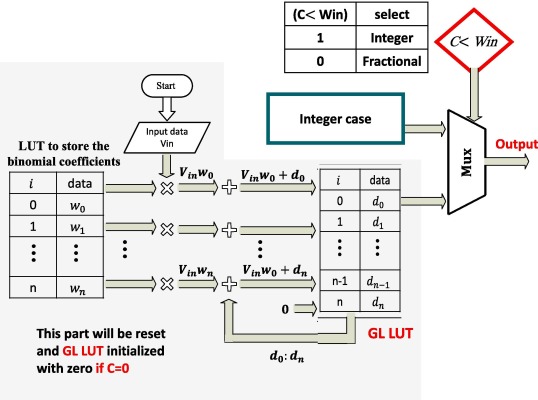
Enhanced hardware implementation of a mixed-order nonlinear chaotic system and speech encryption application
This paper introduces a study for the effect of using different floating-point representations on the chaotic system's behaviour. Also, it offers a comparison between the attractors at three different orders, (integer, fractional, and mixed-order). This comparison shows the minimum number of bits needed for all parameters to simulate the chaotic attractor in each case. Numerical simulations using Matlab are presented for all discussed chaotic systems. This study opens the door to implement chaotic systems and different applications digitally with low hardware area. The FPGA hardware
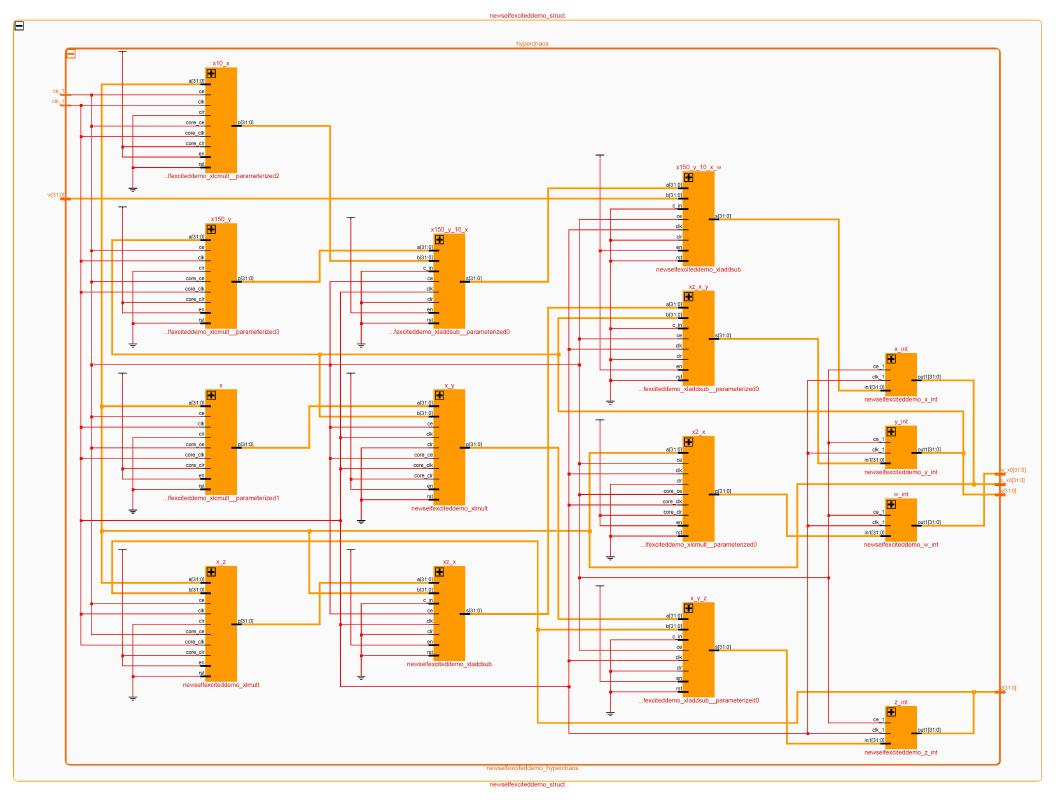
A new hyperchaotic temperature fluctuations model, its circuit simulation, FPGA implementation and an application to image encryption
In this paper, we propose a new hyperchaotic temperature fluctuations model and describe its modelling in detail. We study the characteristics of the new hyperchaotic temperature fluctuations model such as its phase portraits, rest points, symmetry, invariance, Lyapunov characteristic exponents, bifurcation analysis, etc. In fact, it is shown that the new temperature fluctuations model has a self-excited, two-scroll, hyperchaotic attractor with complex properties. The circuit simulation of the new temperature fluctuations model is carried out in MultiSim to verify the feasibility of the
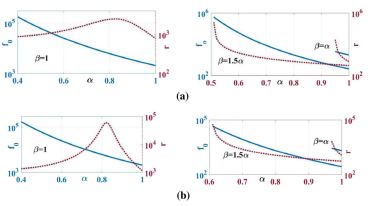
Stability analysis of fractional-order Colpitts oscillators
The mathematical formulae of six topologies of fractional-order Colpitts oscillator are introduced in this paper. Half of these topologies are based on MOS transistor, and the other half is based on BJT transistor. The design procedure for all of these topologies is proposed and summarized for each one. Stability analysis is very crucial in oscillators’ design, as oscillators should have its poles on the imaginary axis to obtain a sustained oscillation. Hence, determining the factors that control the oscillator’s stability is very important. An intensive study of the stability of Colpitts
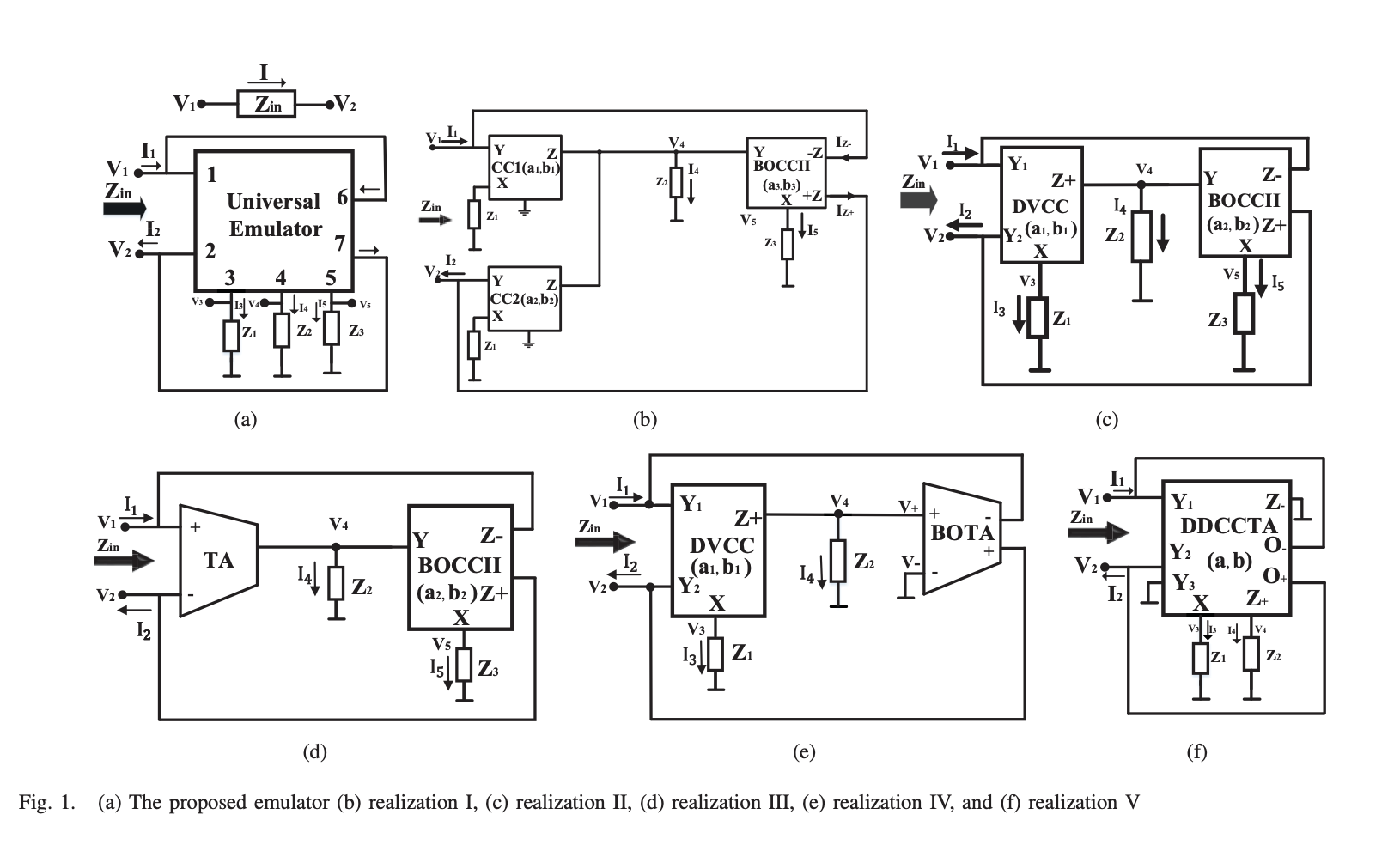
A universal floating fractional-order elements/memelements emulator
In this paper, a generalized floating emulator block is proposed using grounded elements. The proposed emulator is a universal emulator that is used to realize any floating elements such as fractional-order element (FOE) and fractional-order memelements (FOME). Different implementations for the introduced emulator are presented using different active blocks and generalized impedances. The fractional-order parameters add an extra degree of controllability on the hysteresis loop (HL) and the location of the pinched point, which will be investigated. Circuit simulations for the proposed circuits
Temperature-aware adaptive task-mapping targeting uniform thermal distribution in MPSoC platforms
As on-chip integration increases, the thermal distribution becomes spatially non-uniform and varies based on the power dissipation. In this paper, we introduce a temperature-aware task-mapping algorithm to prevent hotspots and achieve a highly uniform thermal distribution using adaptive multi-threshold values. The algorithm monitors the temperature of the cores, swaps tasks when the temperature of the core is relatively higher than the average temperature of the chip. Cores are switched off if they exceed an absolute maximum temperature. Using this algorithm, reliability is enhanced by
Interfacial modification of perovskite solar cell using zno electron injection layer with pdms as antireflective coating
Recently, perovskite solar cells (PSCs) exhibits tremendous power conversion efficiency and has shown enhanced figures of merit being secured regarding cell stability. In this paper, perovskite solar cell with Zno electron injection layer is presented. The humidity degradation of the perovskite active layer and the efficiency of the cell is observed under several conditions. Using ZnO as a planner electron injection layer (EIL) instead of TiO2, the efficiency of the device significantly improved, showing low-resistance shunting pathways. Also, polydimethylsiloxane (PDMS) has been used as a
Two-dimensional front-tracking model for film evaporation
To understand the physical process involved in film evaporation, a new numerical model is created using coupled quadratic finite element formulation of the conservation equations. The heat transport equation is solved in the three different phases (solid, liquid and vapor) while the Navier-Stokes equation are solved in the two fluids. The gradient discontinuity at the liquid vapor interface provides local value of the evaporative flux density that is directly linked to the interface velocity jump through mass conservation principle and used as boundary condition for two fluid flow computations
Frequency survey simulation for developing novel radio frequency energy harvesting model
Renewable Energy sources are the center of attraction for research and development all over the world nowadays, the demand of a lasting cheap source of energy that is environmental friendly, is the main challenge recently. Energy Harvesting is a new technology that is going to make a revolution in the coming decade. Energy Harvesting is a technique to provide alternative sources of energy that are environmental friendly and low in cost. Radio Frequency Energy Harvesting is one of the methods to provide electrical energy from the ambient Radio Frequency waves that already exists in the
Pagination
- Previous page ‹‹
- Page 35
- Next page ››

